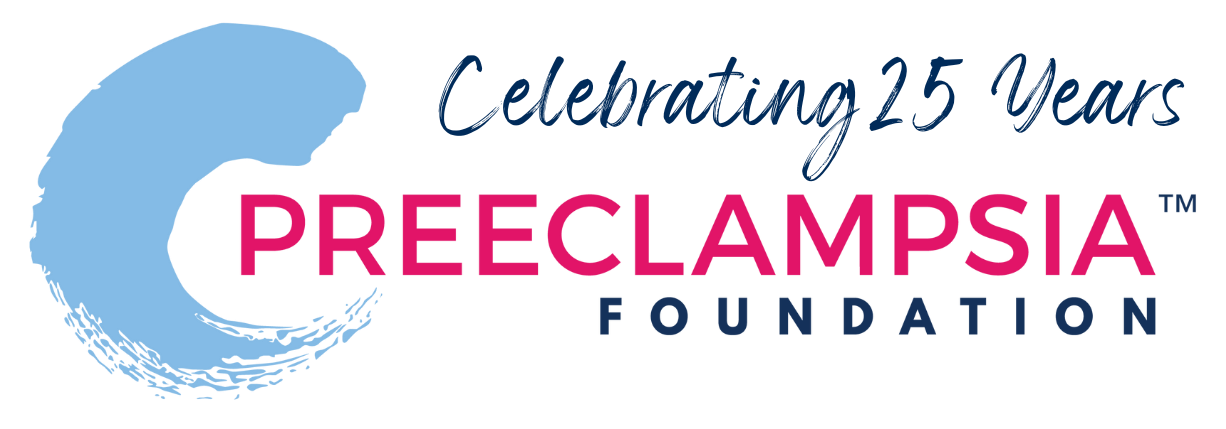
New research: Majority of preeclampsia-related maternal deaths deemed preventable
Research published in the April 2015 issue of Obstetrics & Gynecology shows that 60 percent of preeclampsia-related maternal deaths were deemed preventable. This large study – Pregnancy-Related Mortality in California: Causes, Characteristics, and Improvement Opportunities– analyzed U.S. pregnancy-related mortality administrative reports and medical records for each maternal death to identify the causes and contributing factors, and improve public health and clinical practices.
Over the last 20 years, a previous decline in maternal deaths has reversed and is cause for concern. The 2009 U.S. pregnancy-related mortality rate was 17.8 deaths per 100,000 live births, up from 7.7 per 100,000 in 1997 and above that of other high-resource countries.
One of every eight U.S. births occurs in California, resulting in more than 500,000 annual deliveries with extensive racial and ethnic diversity. With California’s large population-based sample, this study provides a unique opportunity to compare major causes of pregnancy-related mortality and identify improvement opportunities.
Preeclampsia-related maternal death deemed most preventable
Among the 207 pregnancy-related deaths from 2002 to 2005 studied in California, preeclampsia or eclampsia were identified as one of the five leading causes. The others were cardiovascular disease, hemorrhage, venous thromboembolism, and amniotic fluid embolism.
Of the five leading causes of death, preeclampsia was deemed one of the most preventable – preeclampsia-related deaths had a good-to-strong chance of preventability, estimated at 60%.
Healthcare provider factors were the most common type of contributor, especially delayed response to clinical warning signs followed by ineffective care.
Patients play important role in preventing preeclampsia-related deaths
The leading patient factors among preeclampsia deaths were delays in seeking care (42%), presumed lack of knowledge regarding the severity of a symptom or condition (39%), and underlying medical condition (39%).
Preeclampsia deaths were most common among foreign-born Hispanic and African American women and associated with early gestational age, consistent with studies demonstrating the increased severity of early-onset preeclampsia.
These findings illustrate the need for public health interventions aimed at helping all women understand and recognize their risks and attain optimal pre-pregnancy health and weight.
It’s worth noting that since the study period, patient awareness has improved, led by several Preeclampsia Foundation education initiatives – currently preeclampsia awareness among pregnant women is 83%, according to a survey conducted in 2014 by BabyCenter®.
The findings also underscore the need for focused approaches to improve care such as hospital-based safety bundles as well as comprehensive programs for patient education, communication, and teamwork development.
Maternal health improvement initiatives underway
As these Pregnancy-Related Mortality research findings are announced, several states have already moved forward with maternal health improvement initiatives. Recently the California Maternal Quality Care Collaborative (CMQCC), Hospital Corporation of America, and the American College of Obstetricians and Gynecologists released guidelines and quality improvement toolkits with standardized approaches to recognize and treat severe hypertension, and to increase awareness of atypical clinical presentations and patient education.
CMQCC’s Preeclampsia Toolkit incorporated the Preeclampsia Foundation’s Illustrated Symptoms Tear Pad that effectively informs women who are pregnant or recently gave birth about preeclampsia, which can strike up to six weeks after delivery. Developed by the Preeclampsia Foundation and researchers at Northwestern University Feinberg School of Medicine, the tear pad uses illustrations to describe the symptoms of preeclampsia so they are easily understandable, especially for those with poor health literacy. This toolkit is freely available online and has been downloaded by over 5,100 persons in the United States and more than 60 other countries. It is also being implemented in more than 150 California hospitals as part of the California Partnership for Maternal Safety.
In the year since implementing a Severe Maternal Morbidity Pre- and Post-Toolkit, CMQCC has noted a 34% reduction in maternal adverse outcomes. After implementing Pre- and Post-Hypertension Bundles, the rate of eclampsia has decreased by 31%.
New York joins California in distributing the tear pad throughout the state – as part of a statewide Maternal Preeclampsia Initiative, the New York State Perinatal Quality Collaborative, an initiative of the New York State Department of Health and the New York State Partnership for Patients – has adopted this patient education tool, making it available to all New York birthing facilities.
The Preeclampsia Foundation is proud to play a role in reversing the rate of maternal mortality and severe morbidity; it’s a team effort that requires the combined efforts of public health, clinical and hospital leaders and their institutions, and professional and consumer organizations.
Related Articles

Congratulations on receiving your brand new Cuff Kit®! Want to learn more about how to use your iHealth Track device? Here are some handy videos and links to get you started. Unpacking and using...

Your story is needed to improve outcomes for moms like you. Add your voice to critical preeclampsia research to ensure that every story is heard.

Nurses play a vital role in detecting preeclampsia and caring for patient before, during, and beyond pregnancy.

A key component needed in the fight against preeclampsia is the development of tests for simple, rapid, and accurate diagnosis and prediction through the development and adoption of biomarkers.

Preventing and managing high blood pressure with healthy lifestyle behaviors are at the center of updated clinical guidelines published this week in the American Heart Association (AHA) peer-reviewed...

Hypertensive disorders of pregnancy are a leading cause of maternal death in the state of Indiana. To address this critical issue, the Indiana Hospital Association is teaming up with the Preeclampsia...

Recientemente, me encontré con una publicación en las redes sociales señalando la crisis de salud maternal desde la perspectiva de una mujer negra. Una persona respondió a...

For more on the Preeclampsia Foundation's work to amplify all research related to biomarkers for improved prediction and diagnostic tools, please visit https://preeclampsia.org/biomarkers. INDIANAPOL...

GAP—SPIRIN campaign gets low-dose aspirin to those most at risk to help close the maternal health gap in preeclampsia ________ NEW YORK, January 23, 2025/PRNewswire/ – In recognition of...

